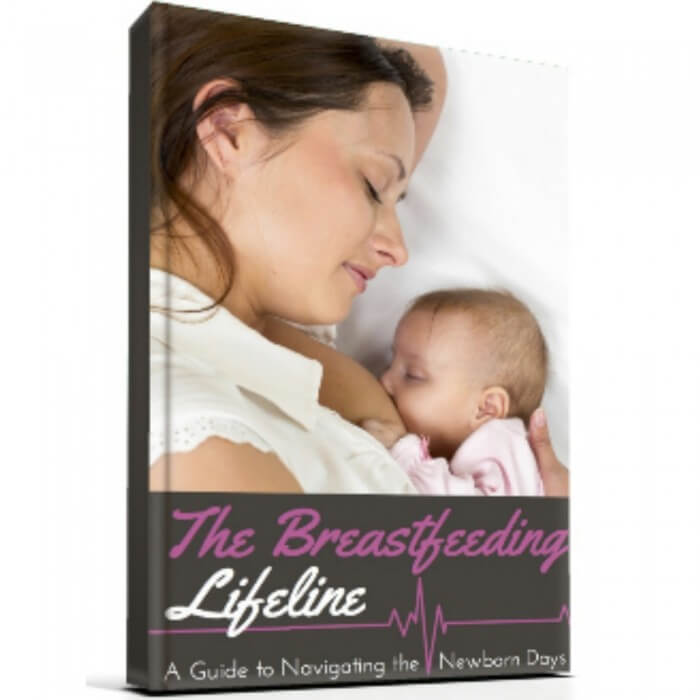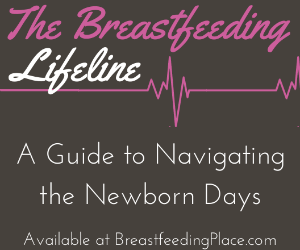You’ve picked out your pump (a monumental task, for sure!). You’ve washed all the cute onesies. You’re pretty much ready to go…oh, wait! Did you remember to pick up some of those breast milk storage bottles? You have to pump into something, right? But…which are the best?

Whether you’re planning to exclusively pump or just pump for an “every now and then” bottle, you’ll want to have a few (or many!) storage containers in which to refrigerate that liquid gold.
Breast Milk Storage Bottles – Tips and Suggestions
Many companies make breast milk storage bottles. Most choices will be determined mostly by preference. But here are a few suggestions:
- Look for bottles that are BPA-free. It’s really not worth the risks to consider any that don’t advertise they are made BPA-free.
- You may want to stick with the company that made your breast pump since many have containers that interchange with the pump and also with a bottle nipple.
- Try to determine how much you’ll be pumping and how often – of course you can’t always know this (or even know that you’ll be pumping!), so maybe just pick up some smaller storage bottles to use at first.
- If you’re planning to pump occasionally, and after you nurse your little one, you may just need some of these 80 ml containers. The quantity will most likely be an ounce or two at the most (since baby drinks so well from the tap!) and you may wish to freeze it in smaller portions to help it last longer.
- Additionally, if you find you need to supplement (or “top off”) your little one for a while after nursing, those 80 ml containers may work well for you, too. (And if you’d like to see how to increase your supply naturally, check out what Melissa suggests.) Many babies won’t truly need this much of a post-nursing supplement till around 1-2 months. So popping a nipple on these bottles and warming it up works great!
- Just need something for an occasional bottle for that date night or run to the grocery store? (Here’s a handy chart to determine how much breast milk a baby can take by bottle at various ages.) You could get by with the smaller bottles in the early days. Or maybe some of the larger bottles when he’s a few months old.
- If your little one will be exclusively bottle-fed, it may make the most sense to pump into larger bottles – even as large as 8 oz if you produce this much! The fresh milk can be stored in the fridge and as your milk accumulates, you can pour it into storage bags and freeze. (And for kicks and giggles, here is a super helpful post to understand how a baby can become overfed by bottles!)
- You could buy entire kits that allow for the progression of milk and storage.
- Or you could buy a smaller kit or two to find the right fit for you.
- You can pump and then pour into bags like these.
- Or you can pump directly into bags like these!
- If you’d like all glass, instead of BPA-free plastic, try these or even these.
And if you’re breastfeeding, you may experience a let down from the other breast while your little one is nursing. This used to be incredibly frustrating but with the Milkies Milk-Saver Breast Milk Collector, you won’t lose any of that precious milk!
So a lot of it boils down to how much you’ll produce, how frequently you’ll pump and how frequently you’ll give a bottle. It may even be settled by a bit of brand loyalty: I’m partial to Medela. Read on…
My Favorites
After my triplets were born, I fought to get a pump for many hours. As a result it took quite some time for my milk to come in – especially since the pump couldn’t quite figure out how to tell my body to produce milk for three babies! (I wrote all about how you can avoid this and have a successful breastfeeding relationship with twins, triplets or more. Check out my ebook!)
So in the beginning I pumped into the smaller containers and poured the amounts into a teeny tiny 15 ml container – that’s half an ounce, ladies! Divided between three 32-weeks-and-4-days babies! The first day, it didn’t even cover the bottom of one 15 ml container. But you better believe I was super proud when, a week later, I had to graduate from those tiny containers to using the tall(er) cylinders I pumped directly into. Yeah!
Once I got them home, I was still exclusively pumping and the amounts continued to increase as I worked to increase my supply. When I began producing 4+ ounces it just made sense to use larger ones. Note: do not pump into a breast milk storage bottle that will be too small for your output. Yes, yes. Ask me how I know.
If you wanna hear the end of this story – how I began to breastfeed and how I weaned off all bottles and continued nursing till they were 31 months old – you can find that here.






Speak Your Mind